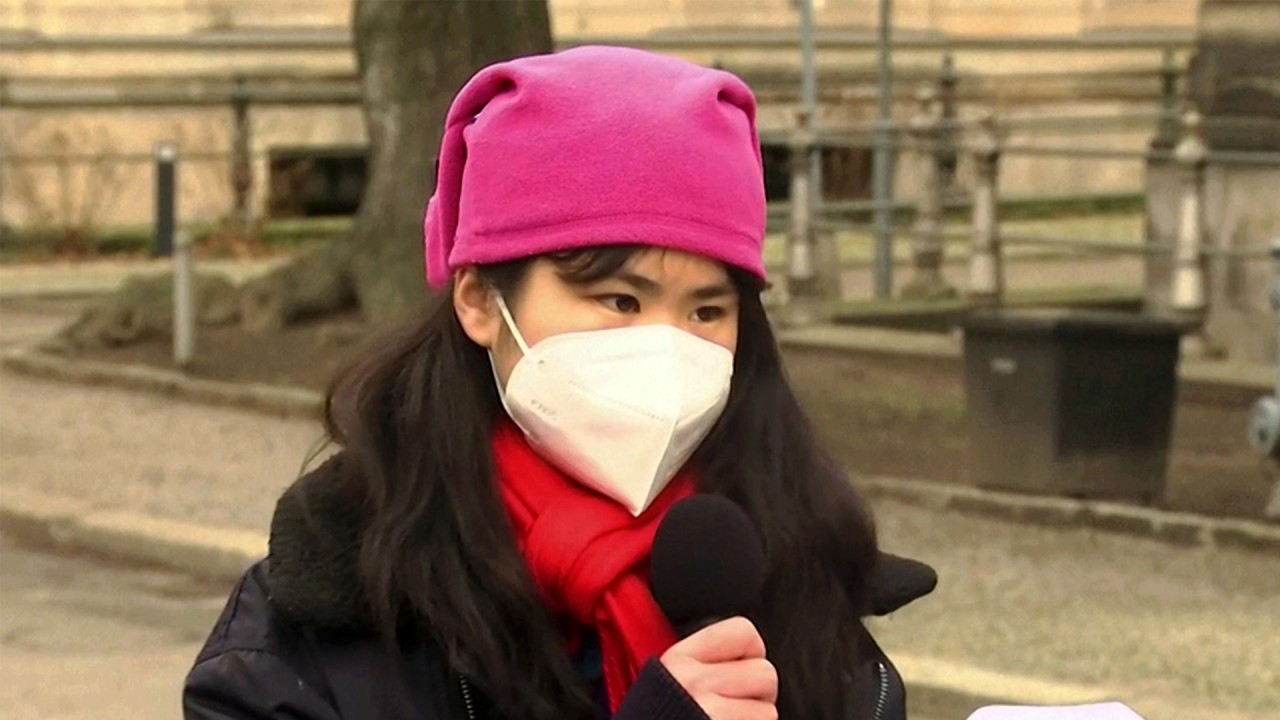
How climate action and gender equality are linked in the pursuit of justice
- While climate change affects everyone, existing gender inequalities often mean it has a disproportionate impact on women
- Climate change and gender equality are everyone’s business, and we can do much more to achieve these equally necessary and mutually reinforcing goals
With less access to land ownership in many parts of the world, women are more exposed to the economic disruptions of climate change. Agriculture is one example. In sub-Saharan Africa, women have accounted for around half of the agricultural workforce while owning or managing less than a fifth of the land. There is also research suggesting women are more likely than men to die in natural disasters.
The flip side to dire statistics such as these is that empowering women is also a massive opportunity to accelerate the climate transition. As the Intergovernmental Panel on Climate Change noted in 2018, gender equality is a climate “co-benefit” that can help enable “rapid and transformational change”.

03:01
Indonesia’s female forest guardians fight illegal poaching, logging and gender stereotypes
Studies cited by the European Capacity Building Initiative indicate countries with more women in parliament are “more likely to approve environmental agreements” and have stronger climate policies. That greater gender equality tends to correlate to lower per capita carbon dioxide emissions.
The study concluded that “gender diversity in workforce is a vital prerequisite to drive innovations for clean energy transition and implement strategies for timely climate action”.

03:16
Trump and Greta Thunberg clash over climate issues at World Economic Forum in Davos
The plan seeks to promote women’s leadership and participation at international and national levels. At the international level, this means achieving the “full, equal and meaningful participation of women” in the UN climate process. At the national level, measures include engaging women’s groups and gender institutions in climate policy development and implementation.
A recent UN review of updated national climate plans found that the share of countries referring to gender had significantly increased. Nevertheless, there is much more to be done across all areas of the climate response.
The first crash test dummies were based on the average male, which left women as “out of position” drivers in the resulting models. Even in recent years, women involved in car crashes have been 17 per cent more likely than men to die and up to 47 per cent more likely to suffer serious injury.

04:17
Free-diving ‘sea women’ of South Korea fight climate change threatening their fishing tradition
However, the standard for office temperatures was developed based on the average metabolic resting rate of men. Recent research indicates this standard overestimated the female metabolic rate by up to 35 per cent. The conclusion is that accurately calculating thermal demand for all building occupants can result in real energy savings.
As the Climate Technology Centre and Network (CTCN) guidebook for gender-responsive technology planning recommends, there are many practical steps that can help overcome these obstacles.
These include taking stock of any relevant gender-related international and national legal commitments, ensuring equal participation by women in stakeholder consultations and evaluating options according to their potential to contribute to gender equality alongside environmental and economic goals.

02:31
'The Greta Thunberg of China', Howey Ou, joins protest in Berlin
This potential can be measured by multiple indicators, such as the ability of clean tech to reduce drudgery that disproportionately burdens women, such as collecting water or fuel.
Recognising this, the Paris Agreement’s technology framework calls for the promotion of “gender-responsive technologies for mitigation and adaptation”. The UN’s Technology Executive Committee, which advises the parties to the Climate Convention and Paris Agreement on technology issues, is working on bringing gender considerations into the mainstream in its activities.
Last year, for the first time, the committee appointed gender focal points. Two women – one from a developing country and one from a developed country, and both experts in climate technology – are now working to champion gender responsiveness in this field.
The gender focal points have flagged opportunities to integrate gender in the committee’s work plan and have convened other UN climate bodies to share experiences and identify opportunities for progress. The committee has also started to work with the CTCN, which provides technical assistance to developing countries on gender and technology.
Ultimately, these are small, long overdue steps. However, there is growing momentum for climate measures that reduce systemic gender inequalities instead of reproducing them.
Climate progress is everybody’s business, and so is gender equality. We can all do much more to achieve these equally necessary and mutually reinforcing goals.
Dr Stephen Minas is associate professor at Peking University’s School of Transnational Law and chair of the UN’s Technology Executive Committee

